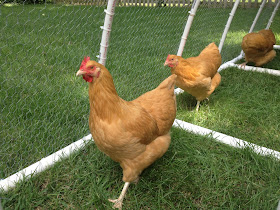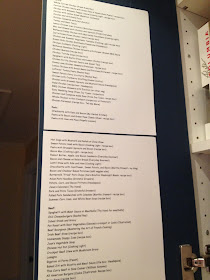Once the butter has separated, strain the mixture through a sieve set over a bowl to separate butter from buttermilk. Press on/knead the butter by hand for several minutes to remove any remaining liquid. The buttermilk can then be used for other projects or baking while the butter can be molded or placed in a bowl and covered and stored for up to a week in the refrigerator. Bring the butter to room temperature to make it more spreadable. If you plan to use the butter in baking, you may choose not to salt it, but if you are planning to eat it on toast, I suggest you add a little salt to it while you are kneading it at the end.
Freshly Churned Butter- makes approximately 3/4 pound
This will result in about 2 cups of leftover buttermilk which can be used for baking, making salad dressing, or frozen for later use.
1 quart heavy cream
1/4 tsp sea salt
plastic wrap will be needed if using a stand mixer
Pour the heavy cream into the 5 quart bowl of a stand mixer fitted with a paddle attachment. Cover the top of the mixer bowl tightly with plastic wrap to prevent splashing being careful that the wrap does not interfere for the function of the paddle. You could also use a food processor for this in which case the plastic wrap will not be necessary.
Begin churning the cream on medium low, increasing to medium, until the cream forms soft peaks. This may take up to 10 minutes depending on the speed of your mixer. Continue to churn on medium speed until the butter separates from the buttermilk (this is where the splashing happens so have everything covered well with wrap at this point). Once the butter has formed, remove the bowl from the mixer.
Strain the mixture through a sieve set over a bowl to catch the buttermilk. Press on and knead the butter by hand to remove as much liquid as possible and until the butter forms a nice smooth mass. Add salt or seasoning if desired and knead the butter a little more to incorporate it thoroughly. At this point the butter can be molded or spread into a bowl and covered. Chilled, it will keep at least a week, and it can also be frozen for later use.
Printable Version














































